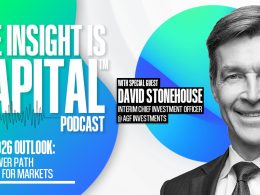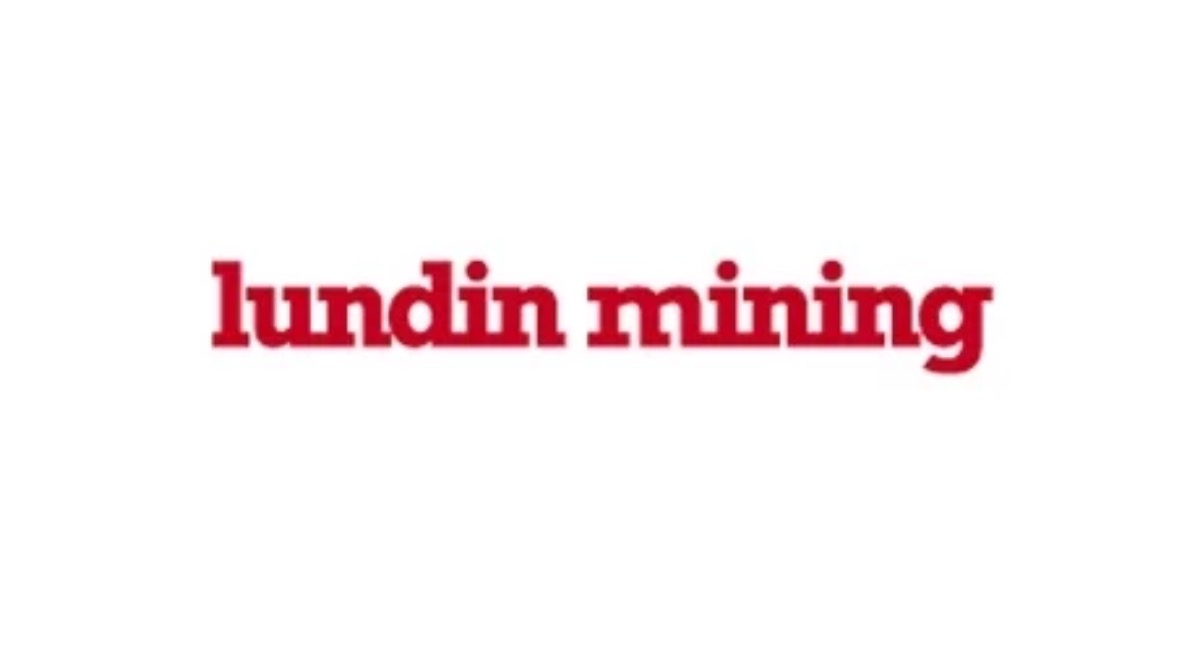by Jeff Weniger, CFA, Head of Equity Strategy & Kevin Flanagan, Head of Fixed Income Strategy, WisdomTree
Is it the understatement of the year to say the most recent jobs data was a potential game-changer? At a minimum, the headline data, but more importantly the revisions to the two prior months' readings, definitely changed the labor market backdrop the Fed was utilizing for monetary policy decisions beforehand. Needless to say, the money and bond markets went back to the expectations for more rate cuts not only this year but for 2026 as well.
After reviewing the July employment report, we couldn't help but notice some similarities to what transpired during the latter half of summer last year. Powell & Co. kept rates unchanged at their July 2024 FOMC meeting but then implemented an aggressive 50bp reduction in the fed funds rate trading range come September. Will history repeat itself?
Let's first take a look at those similarities we were referring to. In the initial July 2024 jobs report, signs began to emerge that there was some slowing in new hiring activity, but nothing too alarming stood out. Then came the August 2024 employment data. This report also produced downward revisions of consequence to the prior two months' worth of data. While the total of -86k was not as large as the most recent -258k downward shift, it was still rather sizeable considering the median average revision since 1979 stands at 56k. In addition, just like this year, the three-month moving average dropped in a rather visible fashion as well, falling from around +267k in the spring to a more modest +116k by mid-summer, a hefty decline of +151k.
While the absolute numbers don't quite measure up to the most recent experience, the trend is eerily similar. The downward revisions occurred one month later in 2024, but the money and bond market reactions were also the same, as the Treasury 2- and 10-year yield plummeted as a result, as the market began to discount an aggressive rate-cutting regime from the Fed. In fact, at one point a total of ten rate cuts were priced in by the end of 2025. As we all know, only three have actually occurred (well, four if you include the aforementioned ½ point cut as two moves).
That brings us to the present situation. We still have over a month or so to go before the September 17th FOMC meeting, and a lot of data still has to be processed. However, that's not stopping the markets from expecting rate cuts for this year and 2026. Interestingly, N.Y. Fed President John Williams, one of the official spokespersons for monetary policy, gave a Wall Street Journal interview following the July 2025 jobs report where he said he would go into this meeting with "very much an open mind" but didn't show any sense of urgency. Indeed, Williams characterized the labor markets "as a gentle gradual cooling, but still leaving it in a solid place." He then went on to note that other indicators, namely jobless claims, underscore an employment setting of "slow to hire, slow to fire equilibrium."
That brings us back to the "Same Time, This Year" theme. Will the upcoming August jobs report prove to be the final piece that kick-starts rate cuts, as was the case a year ago? Stay tuned...
Copyright © WisdomTree















